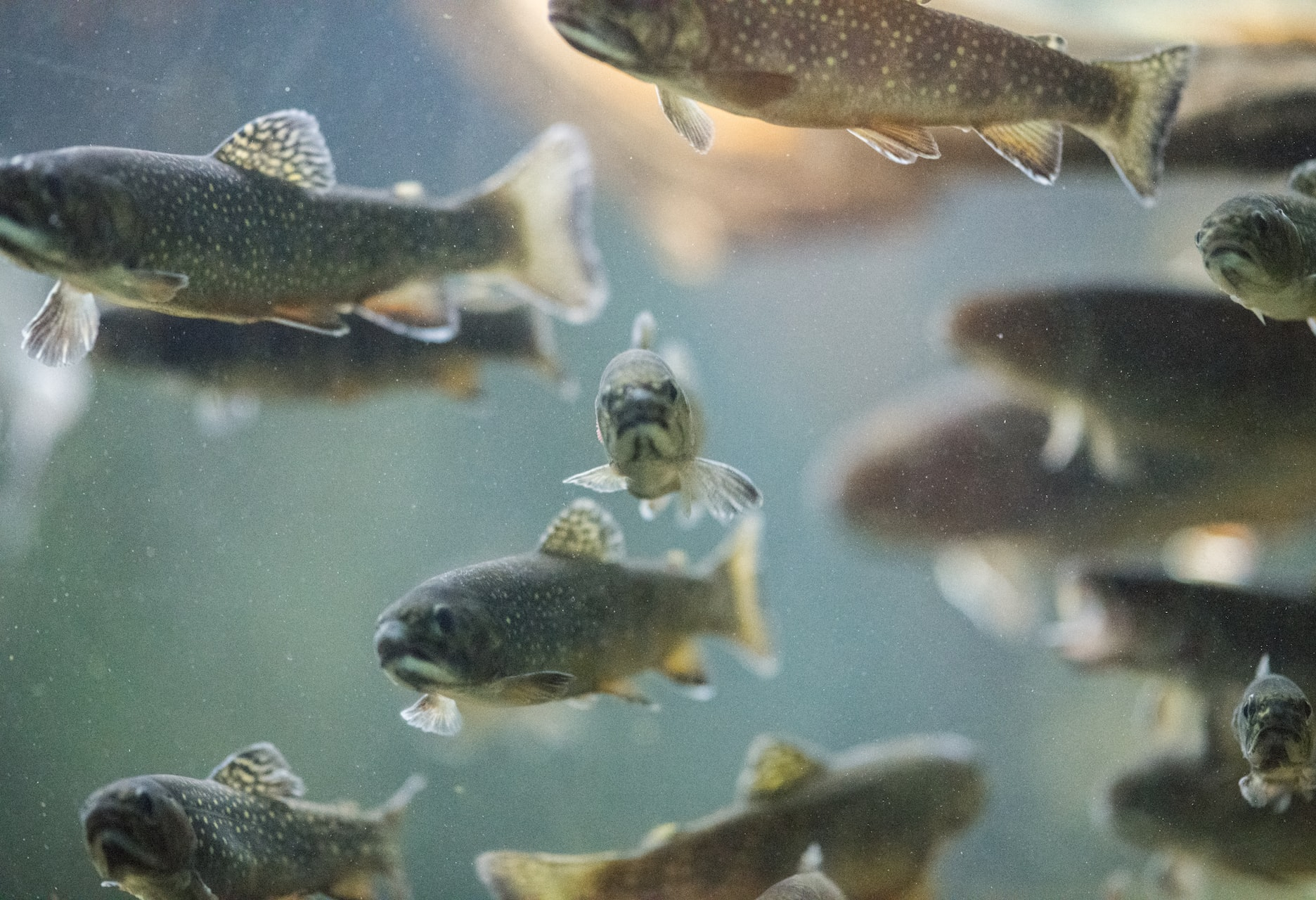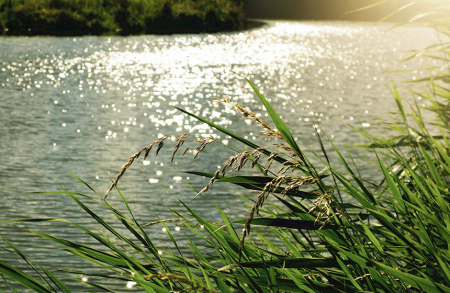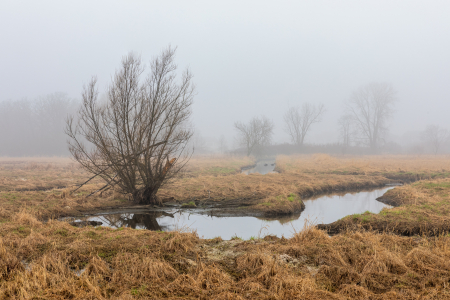Restoration of trout streams, riparian habitat and watersheds

This case study of trout stream adaptation addresses existing and climate-driven causes of degradation through habitat restoration, with a whole-landscape approach. Trout are likely to be particularly susceptible to the effects of climate change. As cold-water fish, they generally cannot tolerate temperatures above 22–28°C, depending on the species.
High temperatures lead to reduced growth, survival and reproductive capacity, and heightened stress which makes trout more vulnerable to disease and displacement by competitor species. Suitable habitats also shrink and and become fragmented, reducing population sizes and connectivity. Earlier peak flows, lower summer flows, and more droughts also disrupt important behavioural cues for many aquatic species, further raise water temperatures, and degrade habitat condition, size, and connectivity. Increased wildfires under climate change can kill fish directly, and indirectly impact fish as hillsides become more susceptible to landslides and debris flows that can block channels, fill in spawning areas, and impede fish movement. Increased rainstorms in a snowy landscape can melt snow and lead to increasing winter floods, disrupting autumn-spawning trout species, while winter floods can scour stream beds and drastically increase erosion.
In the Western USA, three sites at Maggie Creek, Nevada; Crow Creek, Idaho; and Wasson Creek, Montana have undergone efforts at riparian restoration. In order to mitigate the effects of warmer temperatures, streams were shaded by restored riparian trees and the number and size of deep pools were reportedly increased. Headwater meadows and wetlands were restored, natural meanders were restored and recreated. Large burn-resistant wet zones along the streams were created, and floodplains were restored and reconnected to riparian zones. Lastly, other sources of stress which can compound the effects of climate change were reduced through improved livestock management near riparian zones and restructuring dams that were barriers to fish migration.
The study reported positive outcomes for climate change adaptation, including reduced peak water temperatures in summer heat waves, less riverbank erosion, and higher groundwater levels from recharged aquifers. There were also higher trout populations after the interventions, increases in larger fish, and improved ecosystem health of the surrounding riparian and wetland habitats, providing benefits for other species
Read more about the restoration efforts in the full case study in our global online platform.




